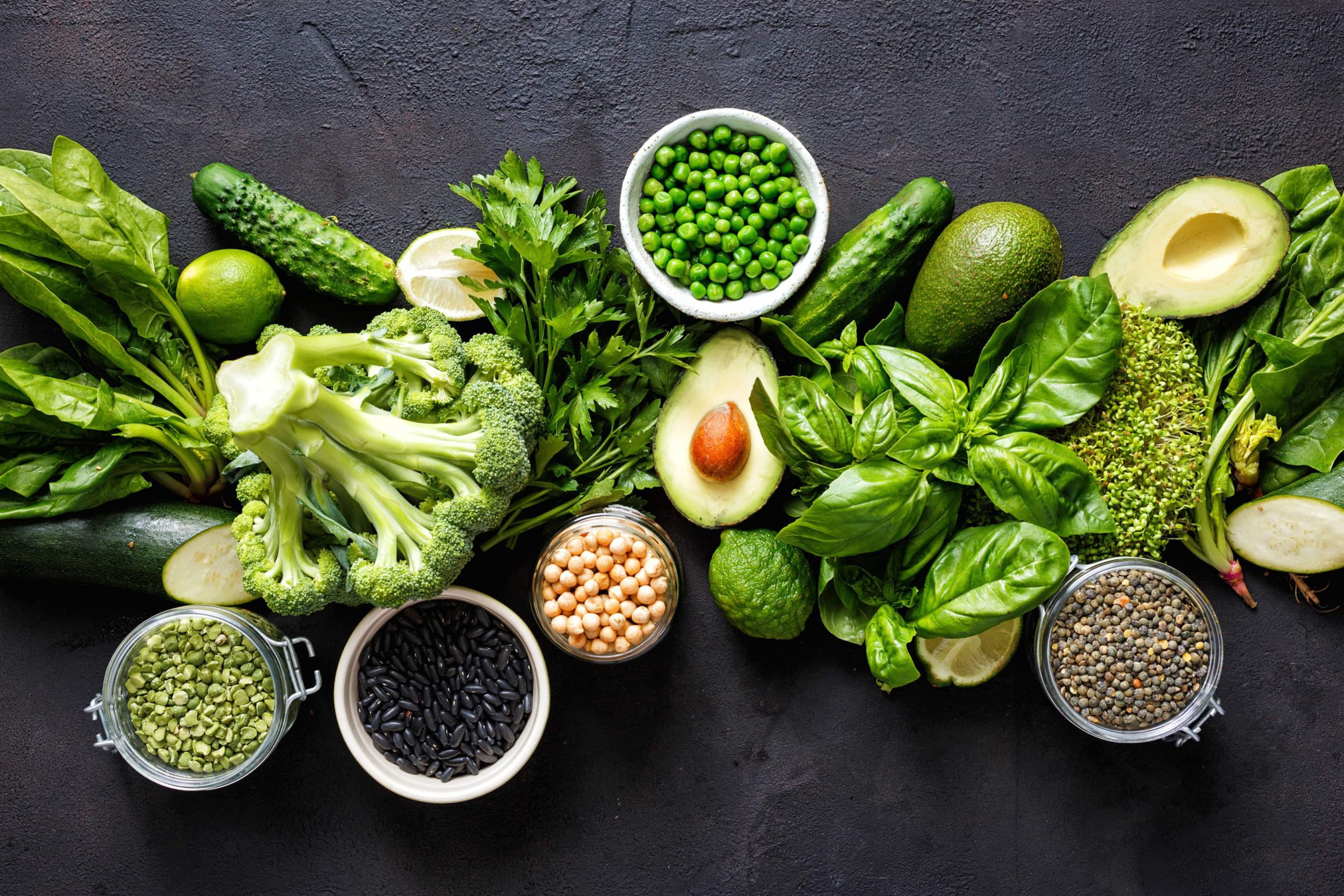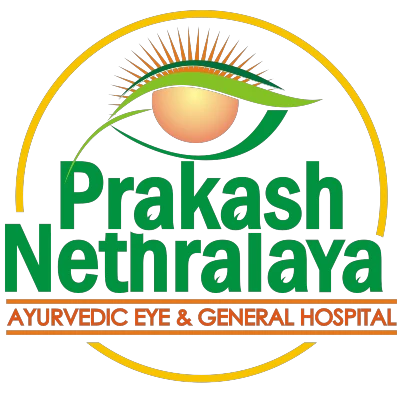Strabismus Treatment in Ayurveda
Fix the movement of eyes in Squint and strengthen the muscles with strabismus treatment in ayurveda & Panchakarma
Ayurvedic Treatment of Squint or Strabismus
Fix the movement of eyes in Squint and strengthen the muscles with Ayurvedic Treatment & Panchakarma
Table of Contents
Toggle
Squint or Strabismus is a condition in which a misalignment of the eye occurs. The two eyes point towards different directions in this eye disorder. The deviation of the eye may be in any direction – inward, outward, upward or downward. The problem can happen in either eye.
If a child has a squint, it is important that they are examined by an eye doctor to prevent its spread to another eye that does not look straight from becoming severe which eventually leads to permanent loss of vision.
This usually occurs because the muscles that control the movement of the eye and the eyelid fail to work together. As a result, both eyes are unable to look at the same spot at the same time.
Causes of Squint
Causes of squint are as follows:
- It is caused due to congenital reasons, meaning a person is born with it.
- Hereditary, or running in families.
- It can also be caused result of illness or long-sightedness.
- Due to a lesion on a cranial nerve.
- If the eye cannot focus the light as it comes in through the lens, this is known as a refractive error.
- The weakness of the eye muscles or problems with the nerves in the eye muscles.
- Blurred or poor vision caused due to cataracts, corneal scars, glaucoma, refractive errors, optic nerve disease, retinal disease, tumours of the eye, etc.
- Certain eye or brain injuries can also cause squints.
Symptoms of Squint
The major signs and symptoms of a squint are as follows:
- Double vision occurs.
- If it is untreated in the early stages, it can lead to amblyopia, or “lazy eye,” in which the brain starts ignoring input from one of the eyes.
- One eye or both eyes point in different directions.
- Children can have defective vision in one eye or both eyes.
- Children with a squint, sometimes have to close one eye in bright sunlight.
- Some children turn their faces or tilt their heads in a specific direction in order to use their eyes together.
- The brain ignores one of the eyes to avoid double vision.
Types of Squint
There are different types of squints and are described by the cause or the way the eye turns:
- Hypertropia is when the eye turns upwards.
- Hypotropia is when the eye turns downwards.
- Esotropia is when the eye turns inwards.
- Exotropia is when the eye turns outwards.
Home Remedies for Squint
Along with the squint eye treatment in Ayurveda here are some home remedies for how to cure squint eye naturally:
- Putting 2 drops of ghee in the eyes at bedtime is a nourishing medicine.
- Vitamin-C rich fruits like berries and citrus fruits should be added in the daily diet.
- One teaspoon Triphala powder mixed with 1tsp of ghee and 2 tsp of honey to be taken twice daily with milk is a very good tonic for the strength of eye muscles and nerves.

Diagnosis of Squint
If there are signs of squint, the squint specialist will probably use eye drops that dilate the pupils before the test is done. Then he will perform tests enlisted below:
- The Hirschberg test, or Hirschberg corneal reflex test, is used to assess whether the patient has a squint.
- The ophthalmologist shines a light in the eye and observes where the light reflects from the corneas. Then he will check if the eyes are well-aligned, the light will go to the centre of both corneas. If it does not, the test can show whether the patient has exotropia, hypertropia, esotropia or hypotropia.
Preventions/Lifestyle for Squint
Squint eye correction is also possible by various preventive measures and inculcating some lifestyle changes in daily life, such as:
- Eye exercises should be done regularly.
- Yoga and pranayama should also be included in the daily lifestyle.
- Avoid any type of injury to the head.
- Reduce the on-screen time.
Squint Treatment in Ayurveda
Strabismus treatment in Ayurveda is useful in the removal of squint with the help of various herbal medicines and therapies. Depending on the age, the health of an individual and the type of squint or strabismus, an Ayurvedic doctor may prescribe panchakarma therapy. Squint eye treatment in Ayurveda does not require any surgery and it is completely free from side effects.
Panchakarma can be used in combination with ayurvedic herbs and yoga exercises for effective squint eye correction. Ayurvedic eye treatment is based on ancient studies, and it focuses on the removal of toxins from our minds and body. The squint treatment in Ayurveda also restores the balance between the three doshas – Vata, Pitta, and Kapha.
When the toxins are removed and the doshas are balanced, the human mind and body start functioning in perfect sync with each other. Reaching this state of supreme health is very useful in squint eye treatment without surgery. Further improvements can be made with ayurvedic herbs that strengthen the nervous system and its coordination with muscles that control eye movement.
Ayurvedic strabismus treatment aims to improve the strength of eye muscles. This approach includes eye exercise, improving eating habits to nourishing and a balanced diet, and following ayurvedic eye treatments like nethradhara, tharpana, eye massages, etc are very powerful in squint eye correction.
- Nethradhara – This process includes washing the eyes with freshly prepared medicated decoctions for strengthening the muscles.
- Netra Basti – It is used to reduce eye stress. The eyes are bathed to remove any congested secretion. A dough dam is built up around the eye and a warm medicated ghee is slowly poured into the dam, bringing peace and nourishment to the eyes.
- Netra Tarpana – The procedure follows as a mixture made by gram flour is pasted around both the eyes and drugs are poured onto it such that the drug does not spill from the batter which is set around the eyes.
The Benefits of Ayurveda for Squint treatment at Prakash Nethralaya
Investigates The Root Cause
The Ayurvedic approach to illness looks for the fundamental causes of the disease rather than symptoms. The main causative factor of the disease is removed from the patient's daily routine. Once the diagnosis is confirmed, treatment is decided from the available two directions as per the classics. First one is Shodhan (detoxification) to clean the body with the help of Panchakarma therapies and the another is Shaman (balancing the doshas) by using Ayurveda medicines, diet correction and lifestyle adjustments. Detoxification with Panchakarma improves the efficacy of Ayurveda medicines in chronic and advanced cases.
Medicines Are Safe To Take
Ayurveda medications are not manufactured in a synthetic or chemical form but in their natural state. Because of this, the herbs are gentle on the body, and there is no chance of side effect or adverse reactions, regardless of the length of time the patient takes them. At Prakash Nethralaya, we use the best quality Ayurveda medicines to ensure the safest and fastest recovery. There is in house processing and dispensing of the medicines for our patients. A few medicines are made available from the good manufacturing companies also.
Uses Holistic Strategy
Ayurveda is based on the idea that each person has a distinct personality and body type and, as a result, their treatment. Ayurveda places more emphasis on treating the patient rather than treating the ailment. The physical composition of two different people with the same ailment may need a different therapeutic approach. An Ayurveda expert at Prakash Nethralaya uses this body type analysis and then reaches at a conclusion of diagnosis and the line of treatment. Accordingly our doctors prescribe the diet, lifestyle changes, yoga, Ayurveda medicines, and Panchakarma therapies.
